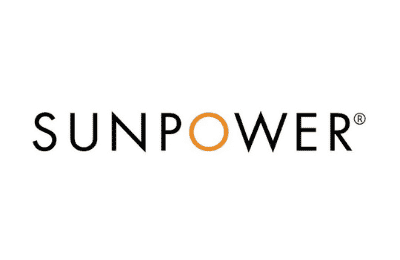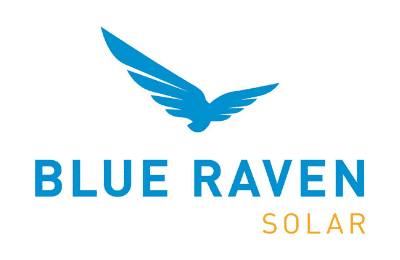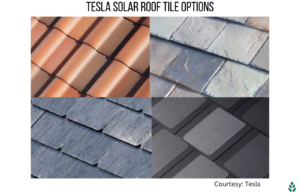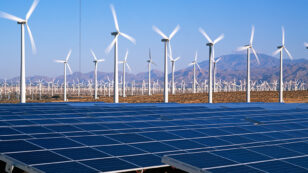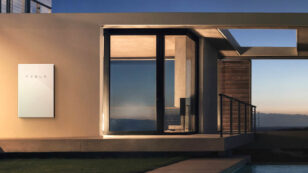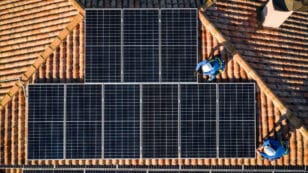 Energy
Energy
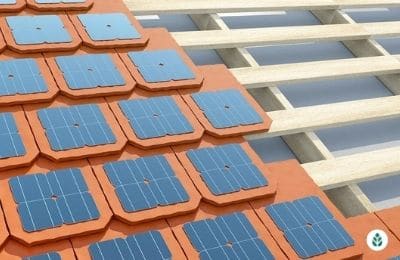
Solar Shingles Vs. Solar Panels in 2022 (Cost, Efficiency & More)
In this EcoWatch guide on solar shingles Vs. solar panels, you’ll learn:
- Which option has a better conversion efficiency rating
- How to determine how many solar shingles your roof needs
- Which solar option is right for your roof
- What are the best solar shingles providers
This guide has helped thousands of homeowners find the best option for their own home to go solar, saving them time, money, and headache in the process. Let’s get started!
Each product and or company featured here has been independently selected by the writer. You can learn more about our review methodology here. If you make a purchase using the links included, we may earn commission.
What is the Main Difference Between Solar Shingles and Solar panels ?
You can think of solar shingles like small solar panels that integrate with the regular shingles on your existing roof or a new roof (if you need one). They work the same way standard types of solar panels do, but where solar panels are assembled on top of your roof, solar shingles are used to build a roof.
The most obvious difference to this type of solar energy system is simple aesthetics; while photovoltaic solar panels tend to be pretty obtrusive, solar shingles blend in with the traditional roofing materials, allowing you to have a completely normal-looking roof. Like solar panels, solar shingles provide clean energy production through photovoltaics (absorbing energy from the sun), some of which may be stored in a solar battery and some of which is converted into useful alternating current (AC).
Additionally, solar panels are rack-mounted, meaning that dozens of holes need to be drilled into your roof. Solar shingles, on the other hand, do not require that and thus require a less intrusive installation process.
This allows you to power appliances and devices throughout your home with renewable energy. Note: Those who prefer the appearance of a “tiled” roof to a shingled one may wish to consider solar tiles.
These work in roughly the same way that photovoltaic energy shingles do but integrate with roofing tiles rather than asphalt shingles.

Blue Raven Solar
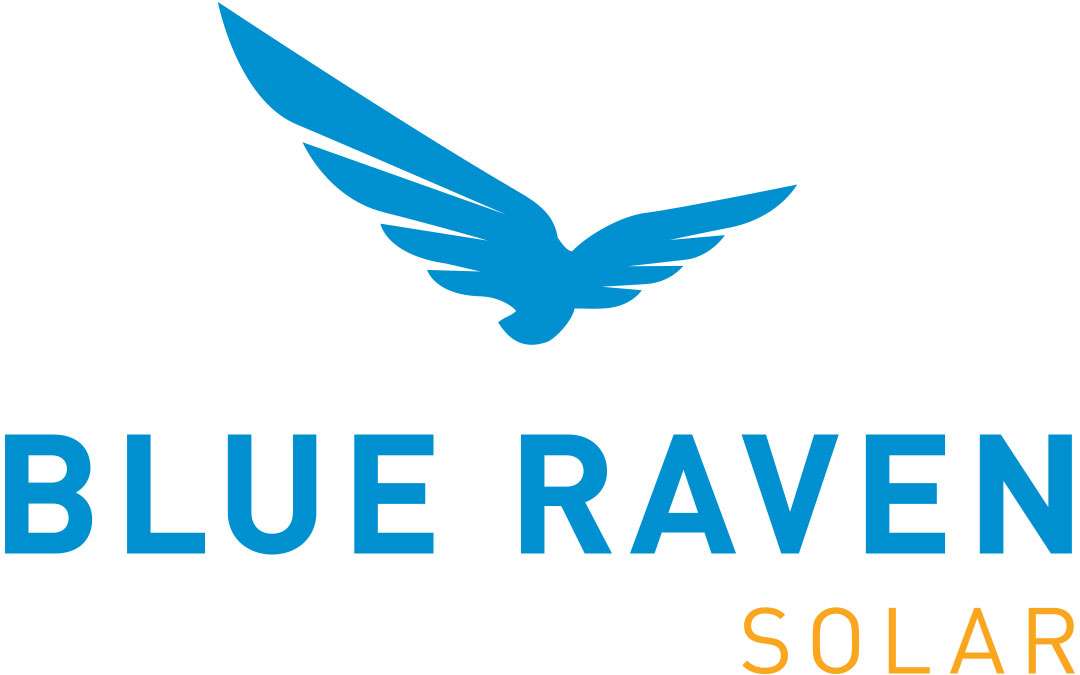
Regional Service
Average cost
Pros
- Industry-leading in-house financing
- Competitive pricing
- Excellent reputation
Cons
- Doesn't offer solar batteries (coming 2022)
We like Blue Raven Solar because it understands that, for most homeowners, the cost of solar presents the biggest barrier to entry.
For that reason, Blue Raven Solar developed an innovative solar financing plan that offers in-house, flexible, zero-money-down options. The results speak for themselves, as Blue Raven Solar is now one of the fastest-growing solar companies in the nation and was recently acquired by SunPower. Its BluePower Plus+ plan (exclusive to Blue Raven) mimics the flexible structure of a lease while still providing the greatest benefits of owning your system.
Eligible homeowners enjoy 18 months of solar power before having to pay their first bill. When coupled with the federal solar investment tax credit (ITC), the initial energy savings can offset more than a third of the overall cost of a system before requiring a dollar down.
In contrast, other installers can only offer similar financing through solar leases, PPAs or third-party providers (such as Mosaic or Sunlight). Third-party loan providers can complicate the process, while opting for a loan or PPA will disqualify you from some of solar’s biggest benefits (additional property value, federal solar tax credit and local solar incentives).
Facts and Figures: Blue Raven Solar
| EcoWatch Rating |
|---|
| Better Business Bureau (BBB) Rating |
| Year Founded |
| Average Cost ($-$$$$$) |
| Solar Services |
| Brands of Solar Equipment Offered |
| Warranty Coverage |
| 4.5 |
| A+ |
| 2014 |
| $$ |
| Solar Panels, System Monitoring |
| Trina Solar, Canadian Solar, SolarEdge, Silfab, SunPower |
| 25-year manufacturer warranty; 10-year workmanship warranty, 2-year production guarantee |
Watch Below: While Tesla’s marketing team helped to spread recent awareness for solar shingles, other companies – like GAF Energy – have been installing them long before joined in.
Solar Shingles Vs. Solar Panels: Which Is Better?
As you consider your options for residential solar power, it’s worthwhile to note the pros and cons of both solar shingles and conventional solar panels. Both PV systems can supply your home with energy, but with its own advantages and drawbacks.
Solar Shingles: Pros and Cons
Here are some things to keep in mind when deciding whether solar shingles are the best choice for your residential solar system:
| Solar Shingles Pros | Solar Shingles Cons |
| Solar roof shingles are more aesthetically pleasing | Shingles are a newer solar technology, so there aren’t as many options readily available |
| Shingles are typically quicker to install | Fewer top solar companies install solar shingles |
| They can be a more cost-effective if you need a roof replacement anyway | Solar panel shingles are much more expensive than regular solar panels |
| Shingles have a lower conversion efficiency than solar panels | |
| Solar shingles are more difficult to take with you if you move | |
| Shingles are much more dependent on the slope of your roof |
Solar Panels: Pros and Cons
Now, consider how standard solar panels compare:
| Solar Panels Pros | Solar Panels Cons |
| There are plenty of products to choose from | Panels look bulkier and do not have the same elegant aesthetics |
| There are many solar installers that work with panels | You’ll need your roof to be in good condition before you can install solar panels |
| The cost of solar panels is much lower than that of solar shingles | The solar panel installation process is usually a little longer than solar shingle installation |
| Solar panels are more efficient than solar shingles | |
| You can more easily adjust panels to get an optimal position |
Generally speaking, solar shingles are a better option if you:
- Need to replace your roof
- Care a great deal about the aesthetics of your roof
- Have a roof that is already well-positioned and sloped to capture sunlight
If you don’t fit into any of those categories, you may be better off pursuing solar panels, which are the more time-tested, widely available, energy-efficient and affordable option.
To connect with a verified installer in your city, follow the links below.
How Much Do Solar Shingles Cost?
As a rule of thumb, you can assume that solar shingles will be more expensive than panels. With that said, the exact cost of a solar shingle roof can vary depending on which company you go with.
The average cost of solar shingle installation runs somewhere between $25,000 and $60,000 (or around $15 to $35 per square foot). But of course, there are some outliers. High-end solar shingles from a company like Tesla may cost as much as $70,000 or more for full roof installation.
Before installing, it’s best to shop around and compare rates from at least two or three different solar shingle companies, ensuring you get the best value. Also, keep in mind that the solar tax credits, rebates and other incentives for homeowners who buy solar panels are also available for those that opt for solar shingles. The current federal incentive program will give you 30% of the cost of your system back as a tax credit and applies to all installations through 2032.
Installing Solar Shingles: How Many Do You Need?
Installation of solar roofing shingles may take up to a week; old shingles will need to be removed from the home, new shingles put into place, and the entire solar system connected through your inverter and solar battery.
Before the installation process begins, a roofer will join you at your home to help you assess how many solar shingles you’ll need. There are a couple of factors that will determine how many shingles you need: The size of the shingles you select, the square footage of your home and the amount of energy you need to generate.
One thing to keep in mind is that most homeowners do not need to cover their entire roof with solar shingles; you can intermingle them with traditional roof shingles to cut costs while still generating plenty of solar power.
Which Companies Offer the Best Solar Shingles?
Solar shingles are still relatively new, which means there aren’t a lot of companies offering them. Some of the heavy hitters in the solar shingle industry include:
Tesla
Though the Tesla Solar Roof system is one of the most expensive options on the market, many homeowners find it totally worth the cost. Indeed, Elon Musk’s high-efficiency solar shingles may actually be more cost-effective than traditional solar systems, at least in the long run. And while they only come in one style, their sleek aesthetics will be appealing to anyone who prefers a more contemporary look.
SunTegra
A bit less expensive than Tesla’s system, SunTegra shingles are notable for their low-profile appearance, ease of installation and high level of efficiency.
CertainTeed
CertainTeed was one of the companies that pioneered solar shingles, and its products are still top-notch. They have a number of options to choose from, including solar shingles as well as solar roof tiles.
Luma Solar
Luma’s shingles are efficient and aesthetically pleasing and fall somewhere in the middle of the pack with regard to price.
To connect with a verified installer in your city, follow the links below.
Related Articles:
FAQs: Solar Shingles vs Solar Panels
If you’re thinking about switching to solar shingles, here are some other questions you may have:
Many people want to know which is better: solar roof shingles or solar panels? But what’s better for one homeowner may not be what’s best for the other. Solar roof shingles are more expensive, but they’re also easier to install and a more attractive roof option. Solar panels may be bulky, but they’re more affordable and can be added or removed more easily.
While solar shingles use the same technology as solar panels, they are considered less effective than panels. Solar panels are more efficient because they allow for more air flow while solar shingles are tighter to a surface.
Solar panels are an easier initial purchase because the technology is more tested and you don’t need to have major changes done to your home. Solar panels also offer more efficiency but the biggest drawback is how they look, if you are worried about the aesthetic of your property solar shingles are a great alternative.
Related articles
Related Solar Energy Guides
- DIY Solar Panels: What You Need to Know
- Solar Net Metering: What You Need to Know
- How Long Will Your Solar Panel Payback Period Be
- Thin-Film Solar Panels: What You Need to Know
- Tesla Powerwall Review (Is It Really Worth It in 2022)
- Monocrystalline Vs. Polycrystalline Solar Panels (What’s Best)
- Bifacial Solar Panels Guide (Prices, Manufacturers & More)

 233k
233k  41k
41k  Subscribe
Subscribe 
